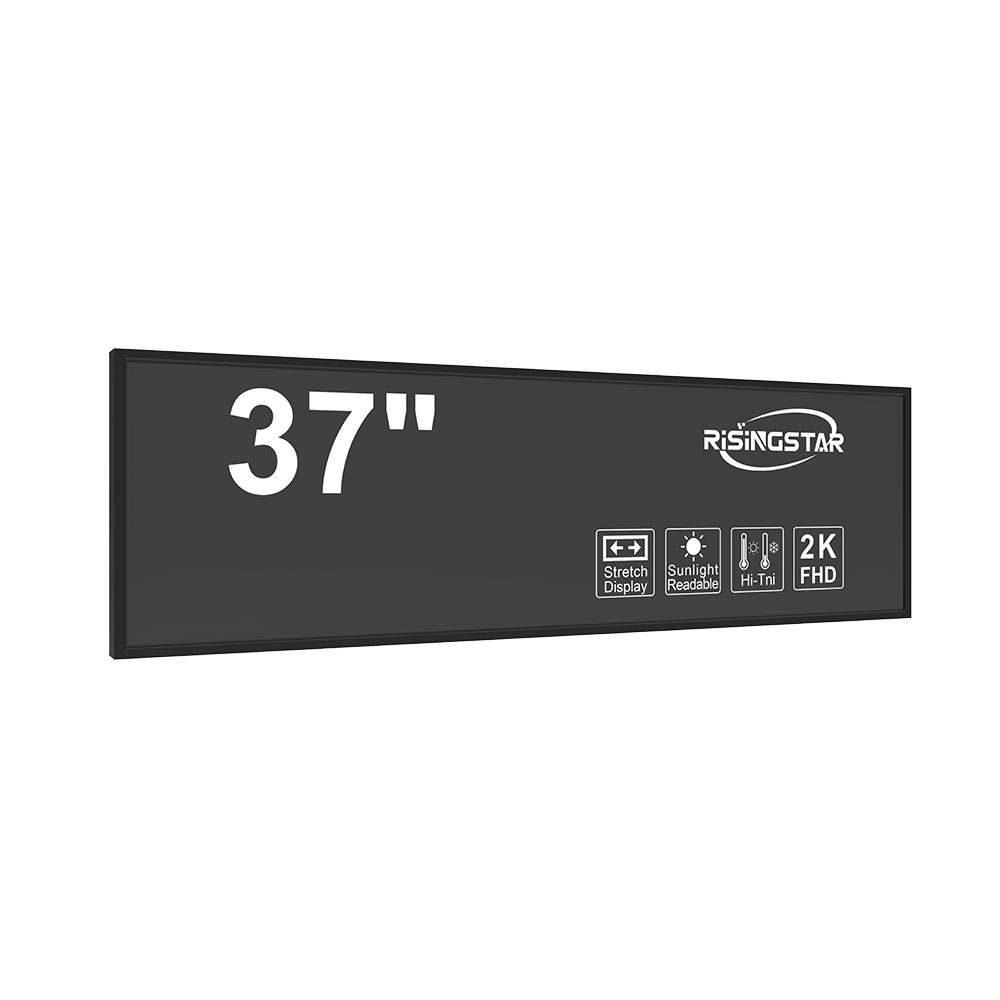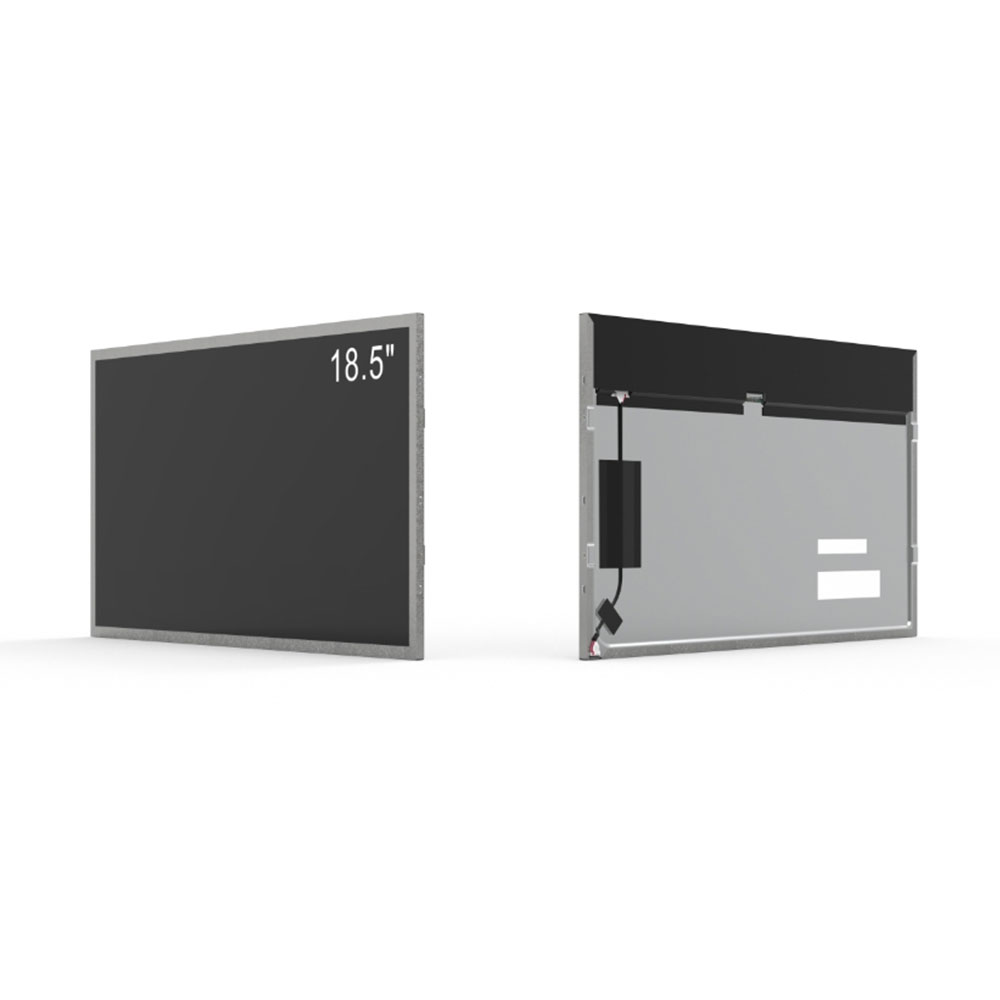- Home
- About Us
- Products
- News
- Video
- Contact
- Send Inquiry
Search
- Home
- About Us
- Products
- News
- Video
- Contact
- Send Inquiry

When designing or deploying outdoor LCD screens, one of the most critical technical parameters to address is brightness—especially in relation to ambient lighting conditions. Industry standards such as those from the Society of Motion Picture and Television Engineers (SMPTE) and the International Electrotechnical Commission (IEC) recommend that outdoor displays maintain a minimum brightness of 5,000 nits to ensure visibility under direct sunlight, which can reach up to 100,000 lux on clear days. In contrast, typical indoor displays operate at 200–500 nits—a level that becomes insufficient when exposed to daylight.
To meet real-world performance demands, modern outdoor LCDs employ advanced technologies such as high-brightness LED backlights, anti-glare coatings, and dynamic brightness control systems. For example, a study published in the IEEE Transactions on Consumer Electronics (2023) demonstrated that adaptive brightness algorithms, which adjust luminance based on real-time ambient light sensors, reduce power consumption by up to 35% while maintaining readability. This is especially valuable in solar-powered installations common in smart city infrastructure.

Environmental factors such as temperature, humidity, and UV exposure also impact screen performance. According to UL 1973 and IP65/IP68 ratings, enclosures must be weatherproof and able to withstand thermal cycling between -30°C and +60°C without performance degradation. Manufacturers like LG, Samsung, and Sharp have tested their outdoor LCD models in desert, coastal, and arctic environments to validate reliability under extreme conditions.
Moreover, human visual perception plays a role: research from the Human Factors and Ergonomics Society shows that viewers perceive contrast more clearly than absolute brightness. Therefore, high-contrast ratios (e.g., 4,000:1 or higher) are often prioritized alongside brightness levels to improve legibility in shaded or twilight conditions. This dual approach ensures consistent image quality across varying lighting scenarios—from early morning fog to midday sun.
In summary, successful deployment of outdoor LCD screens requires a holistic understanding of both hardware specifications and environmental variables. Engineers must align display brightness with expected ambient lighting, incorporate intelligent control systems, and adhere to international safety and durability standards to deliver reliable, high-performance digital signage solutions worldwide.
